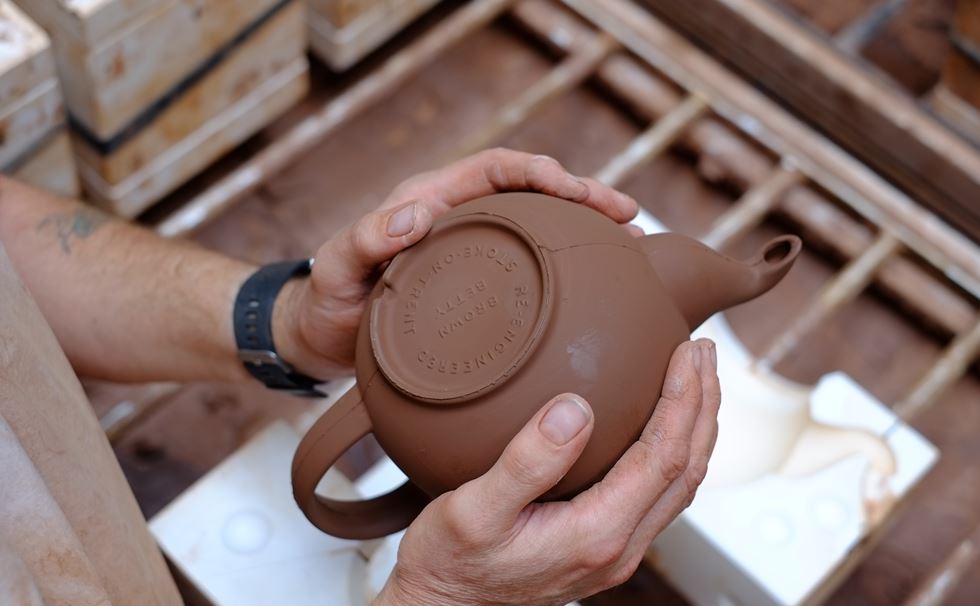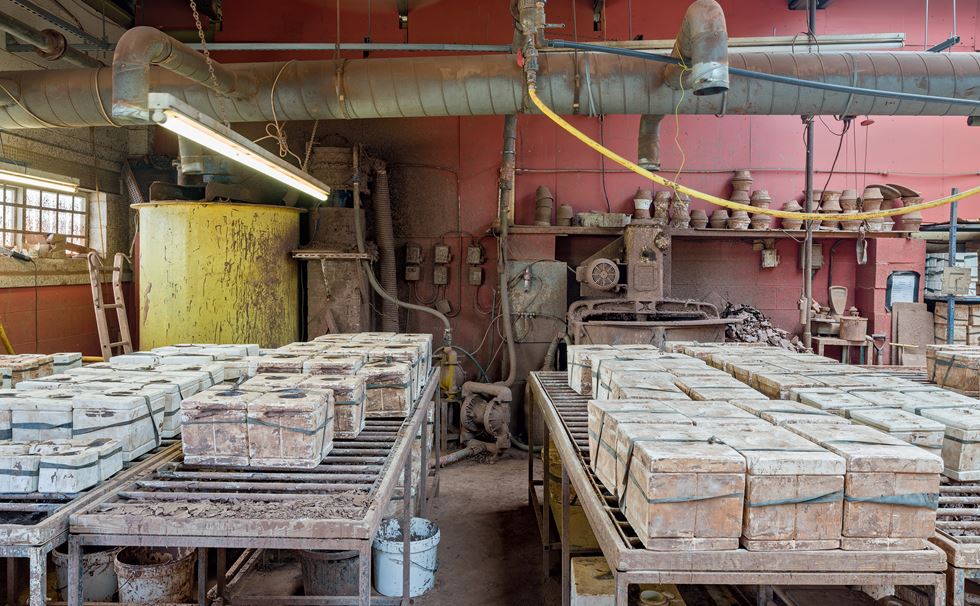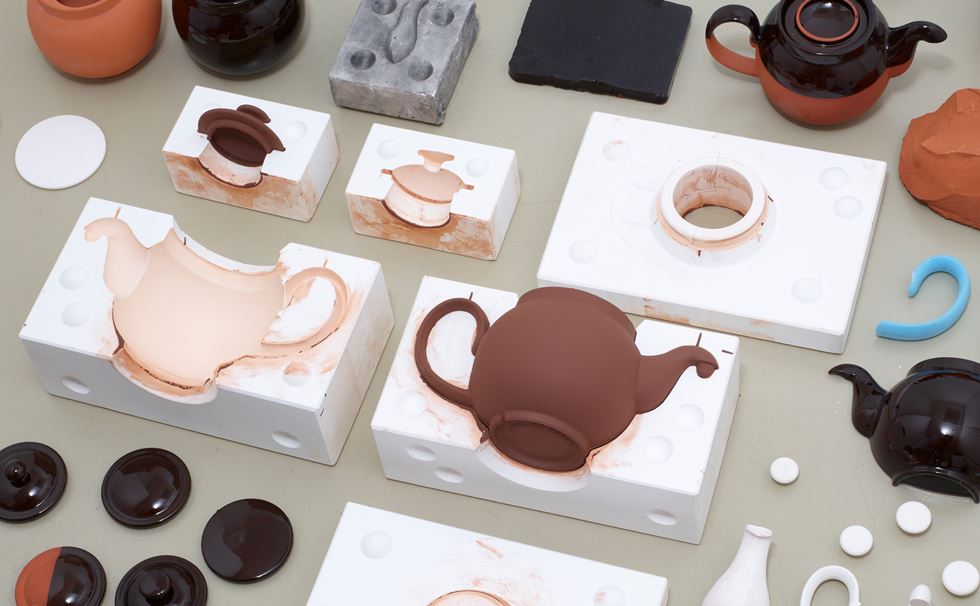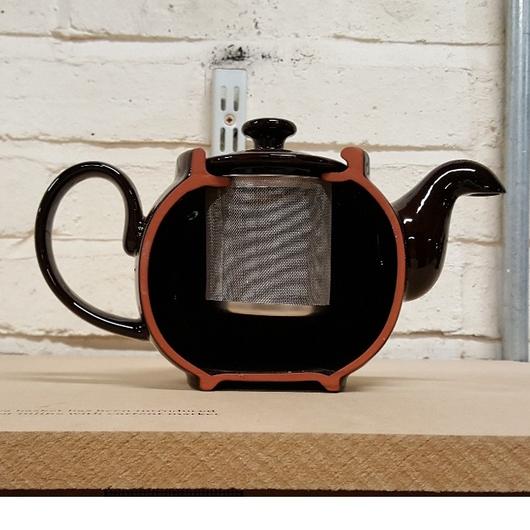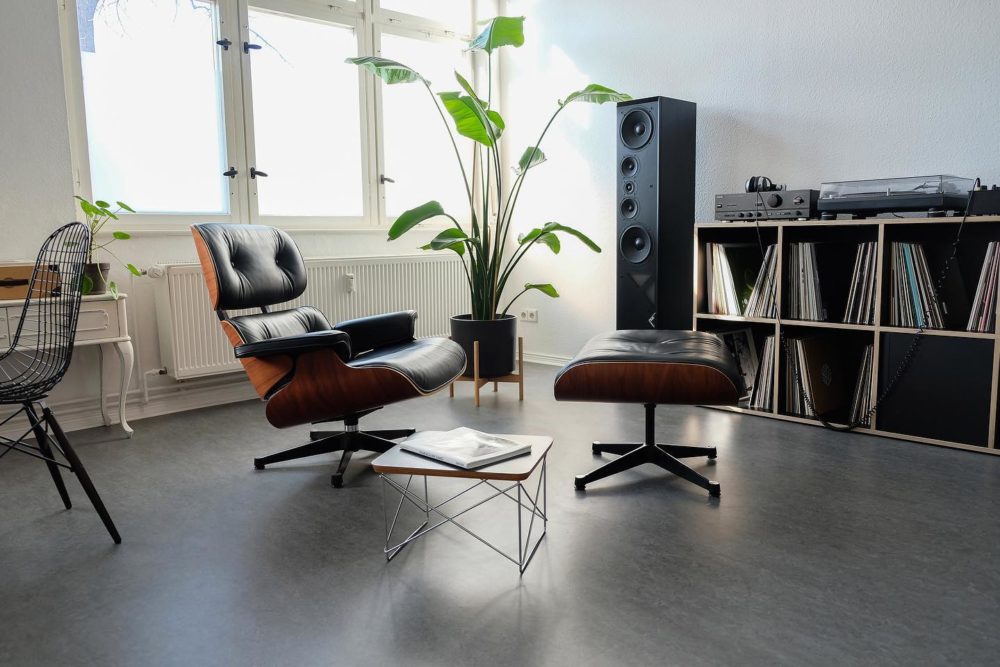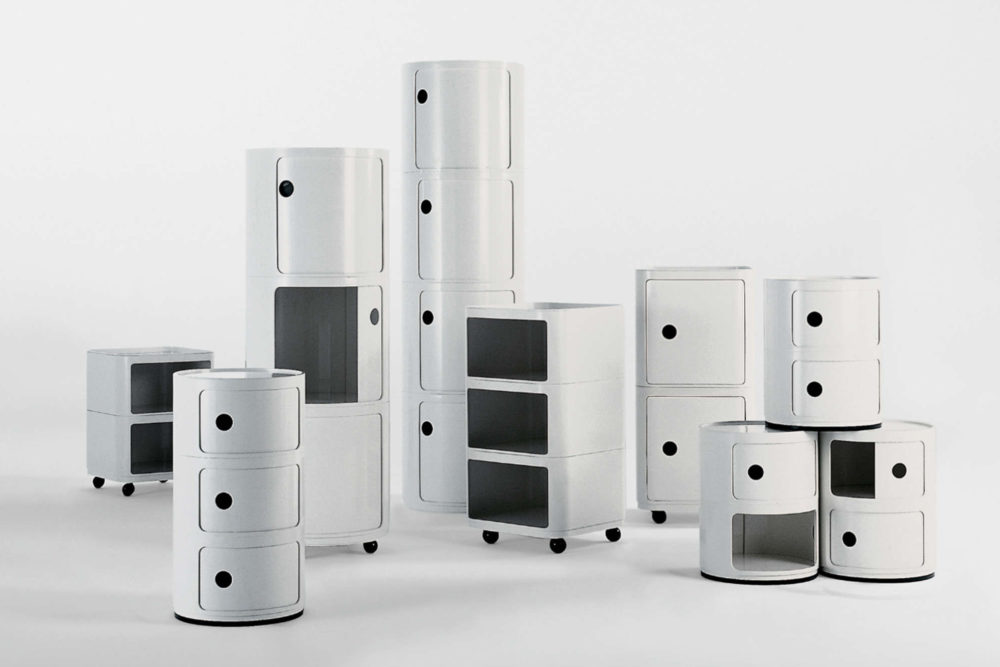Brown Betty Teapot
Not all teapots are created equal. The much-loved Brown Betty is a Design Classic that’s a little older than you might expect. The original design dates back to the 17th century when the teapot’s red clay was first discovered near Stoke on Trent. The clay created a ceramic which was more effective at retaining heat and so quickly found itself use as a teapot because you could pour several cups before the tea got cold.
The round shape that makes the teapot so effective came later in the 19th century. Early iterations were tall and slim, more like a coffee pot. The famous brown colour originally came from the Rockingham glaze that was brushed on the pot and allowed to run down the sides for a streaky finish when it was fired. And it’s not just a pretty face, because of the colour, the pot doesn’t show tea stains.

